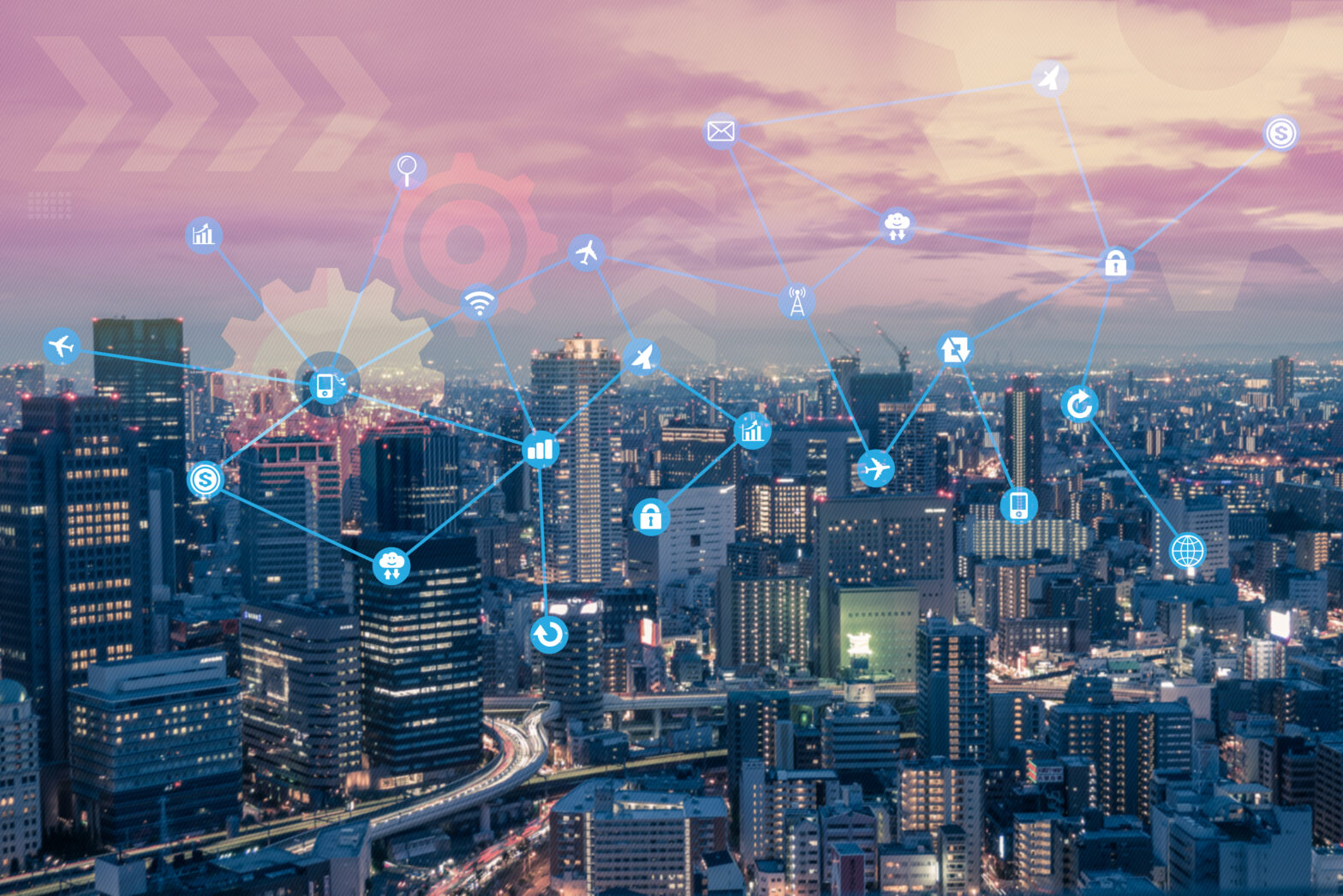According to technology research firm Gartner, IoT is one of the top 10 strategic trends for companies in 2017.
Unfortunately, Gartner also says that through 2018, 80% of IoT implementations will squander transformational opportunities by focusing on narrow use cases and analytics.
Given its popularity, many businesses are likely already considering an IoT implementation, but the stakes are high and expectations from the C-suite are significant.
Are you prepared to help your company reap IoT’s full potential?
The first step often involves thinking more broadly: “Implementing IoT” is not the goal, at least not from a CEO’s perspective.
Executives are interested in driving revenue via new business models.
In the process of creating these models, they often realise the need for a lot more information – the kind only IoT can offer.
>See also: 10 predictions for the Internet of Things and big data in 2017
IoT is unique because it can inform about the behaviors of devices, machines, systems and, by extension, the behavior of operators and owners.
These insights have the potential to drive entirely new business models. For example:
- When a company has access to more granular data about the machines it uses, it can analyse information from remote sensors and devices as an early warning system to determine normal and abnormal activity at a detailed level.
- Leveraging such IoT data and analytics can also provide new insight into a company’s equipment and processes that allow a company to more quickly deploy new features and designs, and better understand how their systems are being used to increase efficiencies.
- Adding in predictive analytics can enable a transition to selling an outcome-focused service, rather than the “one and done” sale of the product that creates the outcome. This opens up ongoing and more consistent revenue streams and changes how companies service assets in the field.
As an example, doctors can use a wearable device to track a patient’s status between office visits.
Instead of waiting for the next doctor’s visit to check for progress, which can be unrepresentative of the norm due to patient stress or limited appointment time, the patient wears a device at home that allows care-givers to collect far more data over a longer period of time and under more normal conditions.
The IoT device becomes a tool that the decision maker – the doctor – can use to get richer and more accurate (patient) behavior information.
CEOs need to understand the vital role IoT and data analytics play from a business outcome perspective. But they also need to be fully aware and prepared for the obstacles.
>See also: How blockchain will defend the Internet of Things
One common error is focusing too much on “the edge,” which refers to the connected devices that get deployed.
Sensors generate data but it is used for only light, on-the-spot data analysis.
Companies often get caught up in visibility and control-focused use cases for the devices on the edge, but struggle with the strategic analytics component that yields data-driven, impactful insights.
Traditionally, operational technology engineers may have dealt with products in the field, while enterprise IT dealt with data analytics in the office.
With those two worlds now connected, CEOs need to create organisational balance, effective communication and clear operational responsibility between functions in order to achieve full benefit from IoT.
A second obstacle to be aware of is the lack of standards for IoT devices, given its current early-adopter status.
To work around this, companies can carefully and continuously study the devices they deploy and carefully document how they gather information from them.
This process will help identify possible challenges that standards would normally address.
The third barrier is one only CEOs can address: creating a policy framework that defines clear ownership and sharing of the data they collect.
Tesla, for example, enables its collection and use of data from cars by including an approval for use in its ownership agreement, signed at the very start of its relationship with the owner.
Tesla’s establishment of an ongoing relationship with their customer is in stark contrast to the traditional “sell-and-forget” sales model, which is engrained in the auto industry.
That model offers no framework to establish permitted use of connected vehicle data.
>See also: How the Internet of Things is changing business models
If there is no policy for what constitutes fair data use, a company could be leaving valuable information on the table.
In fact, industry visionaries foresee a time when the value of the user data exceeds the value of the car itself, pushing down the purchase price of the vehicle to near zero.
Many of the other challenges can be avoided by first laying a solid foundation for IoT-driven initiatives.
For example, implementing a good data management practice at the outset will help companies know that the data it is collecting has integrity.
Companies must also make sure that the right people have access to the collected data to maximize how actionable it is. Outlining best practices can help build your business case for IoT adoption and integration.
The phrase “Internet of Things” may one day go the way of the “information superhighway” (or other passé terms) once connectivity becomes more engrained in business practices, but the capability to leverage device connectivity isn’t going anywhere.
By focusing on the potential results of using and analysing IoT-gathered data, executives will learn that IoT is more than a buzzword – it’s a way to transform and fortify business models for the long term.
Sourced by Steve Matthews, IoT practice director at Teradata and Cheryl Wiebe, Analytics of Things practice lead for the Advanced Analytics Centre of Expertise within Think Big







